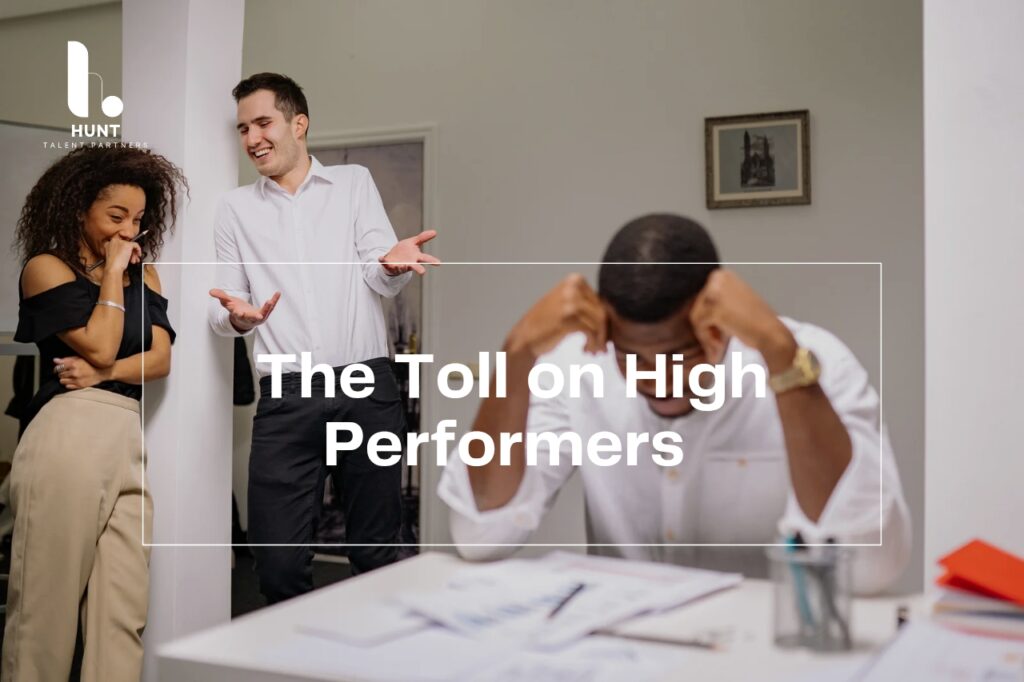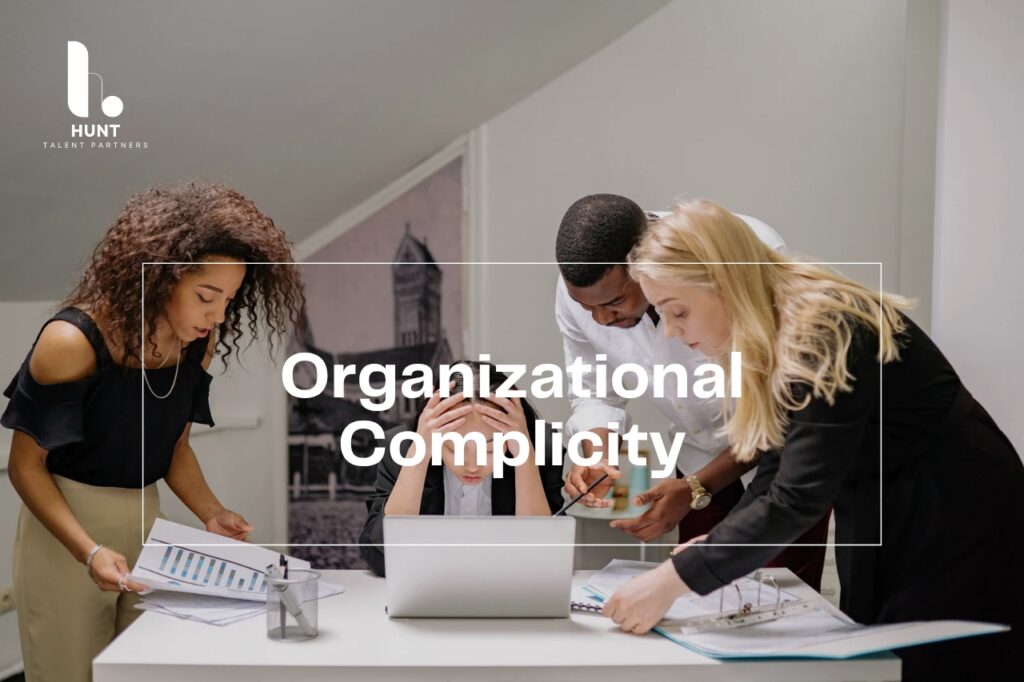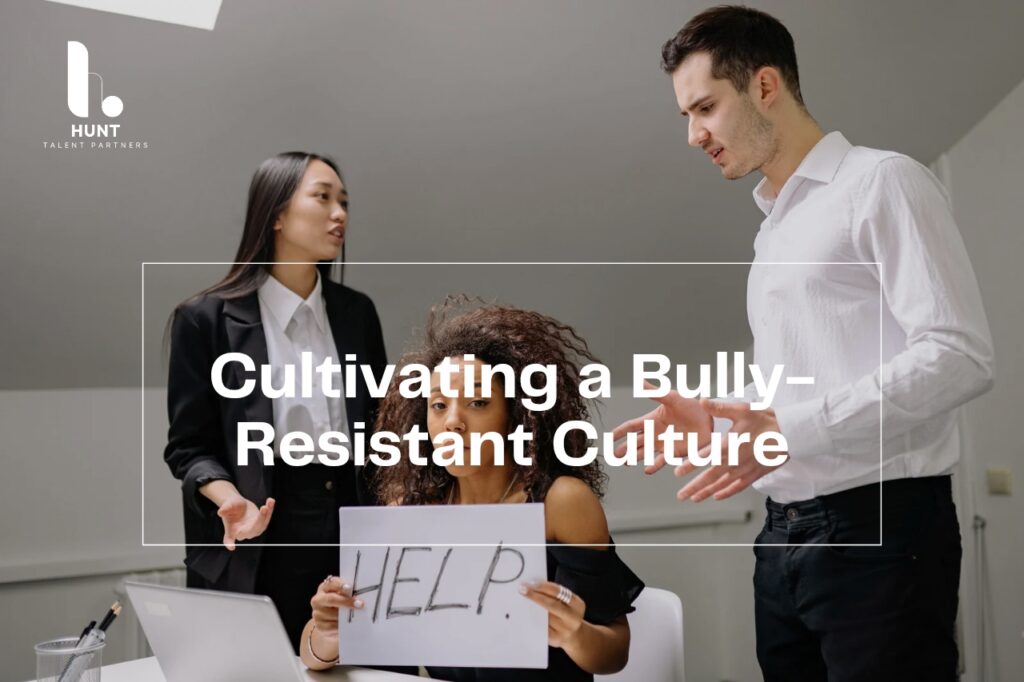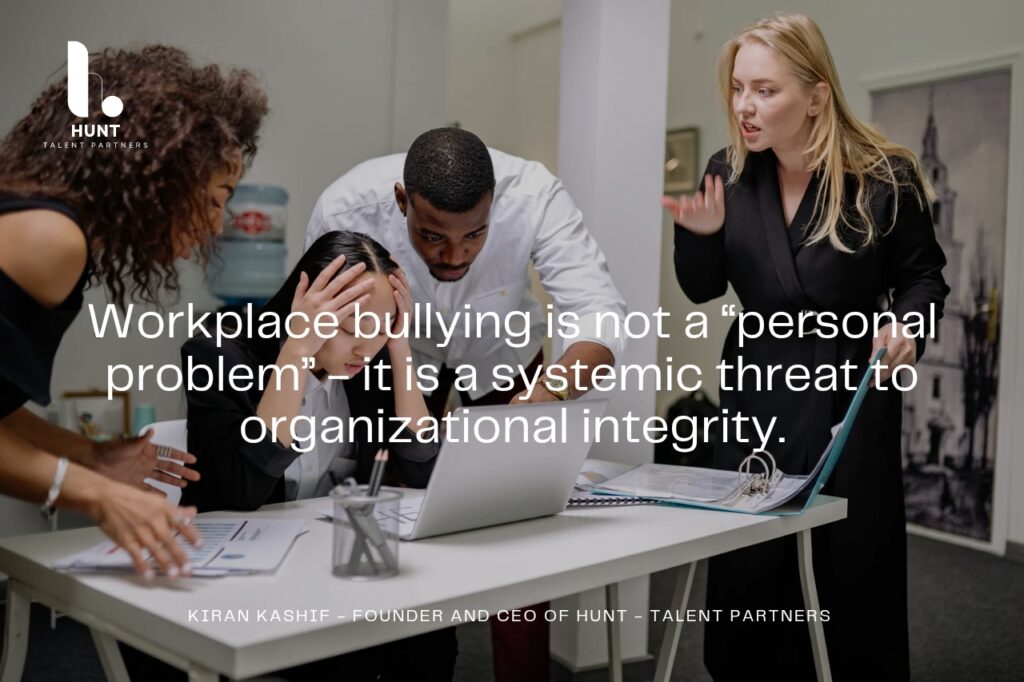Workplace bullying, a pervasive issue in organizational dynamics, is often mischaracterized as a mere interpersonal conflict. However, emerging research reveals a darker truth:
Bullies are frequently motivated by self-interest rather than organizational goals, covertly targeting high performers who embody capability, empathy, and conscientiousness.
This article explores the psychological underpinnings of such behavior, its detrimental effects on workplace ecosystems, and evidence-based strategies to mitigate its impact.
The Psychology of the Workplace Bully: Envy and Self-Preservation

Bullies in professional settings are seldom driven by a desire to advance organizational objectives. Instead, their actions are rooted in Machiavellianism, narcissism, and psychological entitlement – traits associated with the “dark triad” of personality (Paulhus & Williams, 2002). Studies suggest that bullies perceive high-performing colleagues as threats to their social standing, triggering envy and retaliatory behaviors (Vecchio, 2005).
Research by Namie & Namie (2020) highlights that organization-focused employees—those who excel in competence, collaboration, and ethical conduct—are disproportionately targeted. Bullies engage in covert victimization, such as sabotage, gaslighting, or credit theft, to erode the target’s reputation while avoiding accountability. This “social undermining” serves a dual purpose: it neutralizes perceived rivals and bolsters the bully’s fragile self-image.
The Toll on High Performers and Organizational Health

The ramifications of bullying extend beyond individual trauma. When high performers are systematically undermined, organizations face:
- Reduced Productivity: Victims of bullying report heightened stress, burnout, and diminished job engagement (Einarsen et al., 2020).
- Talent Attrition: A 2023 Workplace Bullying Institute survey found that 65% of bullied employees leave their jobs, costing companies up to 200% of the employee’s salary in replacement expenses.
- Cultural Erosion: Persistent bullying fosters a climate of fear, stifling innovation and psychological safety – a cornerstone of high-performing teams (Edmondson, 1999).
Notably, bullies often escape scrutiny by masquerading as “tough leaders,” allowing toxic behavior to persist under the guise of ambition. This paradox jeopardizes organizational resilience and long-term success.
Organizational Complicity: Systemic Failures That Enable Bullies

Why do organizations tolerate such behavior? Structural vulnerabilities play a key role:
- Lack of Accountability: Ambiguous anti-bullying policies and HR inaction perpetuate cycles of abuse.
- Short-Term Focus: Bullies may achieve transient gains (e.g., meeting quarterly targets through intimidation), masking long-term cultural costs.
- Hierarchical Protection: Senior bullies often shield themselves by cultivating alliances with decision-makers (Ferris et al., 2007).
Mitigation Strategies: Cultivating a Bully-Resistant Culture

To counteract bullying, organizations must adopt proactive measures:
- Leadership Training: Equip managers to recognize covert aggression and prioritize empathy. Transformational leadership models reduce bullying by fostering trust (Avolio et al., 2004).
- Transparent Reporting Systems: Implement anonymous channels for reporting abuse, paired with swift, impartial investigations.
- Promote Organizational Citizenship: Reward collaborative behaviors through recognition programs, reinforcing that success is collective, not zero-sum.
- Psychological Safety Initiatives: Google’s Project Aristotle (2015) underscores that teams thrive when members feel safe to take risks without fear of humiliation.
Conclusion
Workplace bullying is not a “personal problem”- it is a systemic threat to organizational integrity.

By recognizing that bullies operate from self-interest, not company loyalty, leaders can dismantle environments where toxicity thrives. Protecting high performers is not merely an ethical imperative; it is a strategic necessity to sustain innovation, retention, and competitive advantage. As research continues to unmask the hidden costs of bullying, the mandate for organizations is clear: cultivate cultures where envy is replaced with empowerment, and self-interest aligns with shared success.
References
- Einarsen, S., et al. (2020). The Concept of Bullying and Harassment at Work: The European Tradition.
- Namie, G., & Namie, R. (2020). The Bully-Free Workplace.
- Paulhus, D. L., & Williams, K. M. (2002). The Dark Triad of Personality.
- Workplace Bullying Institute. (2023). National Survey on Workplace Bullying.
Partner with Hunt Talent Partners
Workplace bullying is not inevitable. By reimagining organizational structures, leadership practices, and cultural norms, businesses can transform environments where self-interest undermines success into ecosystems where people and performance flourish. At Hunt Talent Partners, we combine decades of research with pragmatic solutions to help you protect your talent, amplify productivity, and future-proof your organization.
Contact us today to learn how we can help you build a workplace where high performers are empowered not undermined and where growth is driven by collective purpose, not covert conflict.




